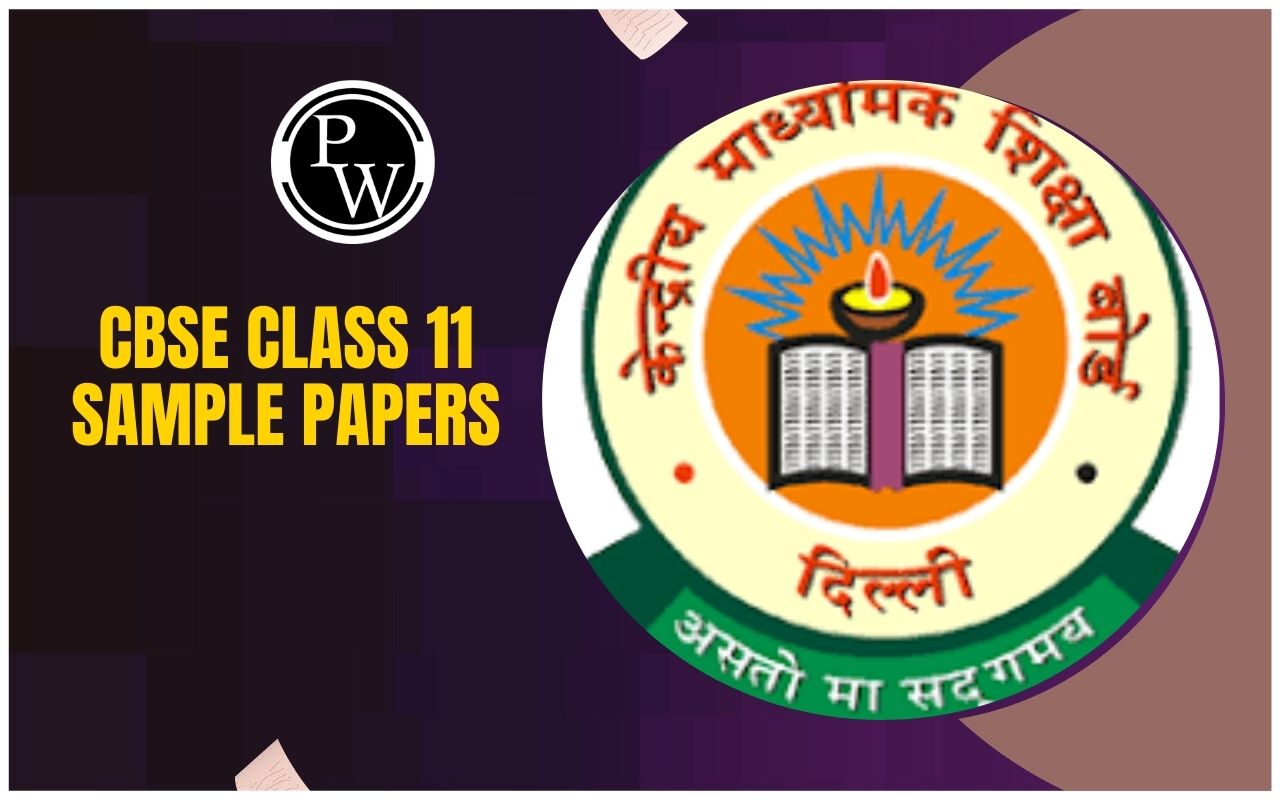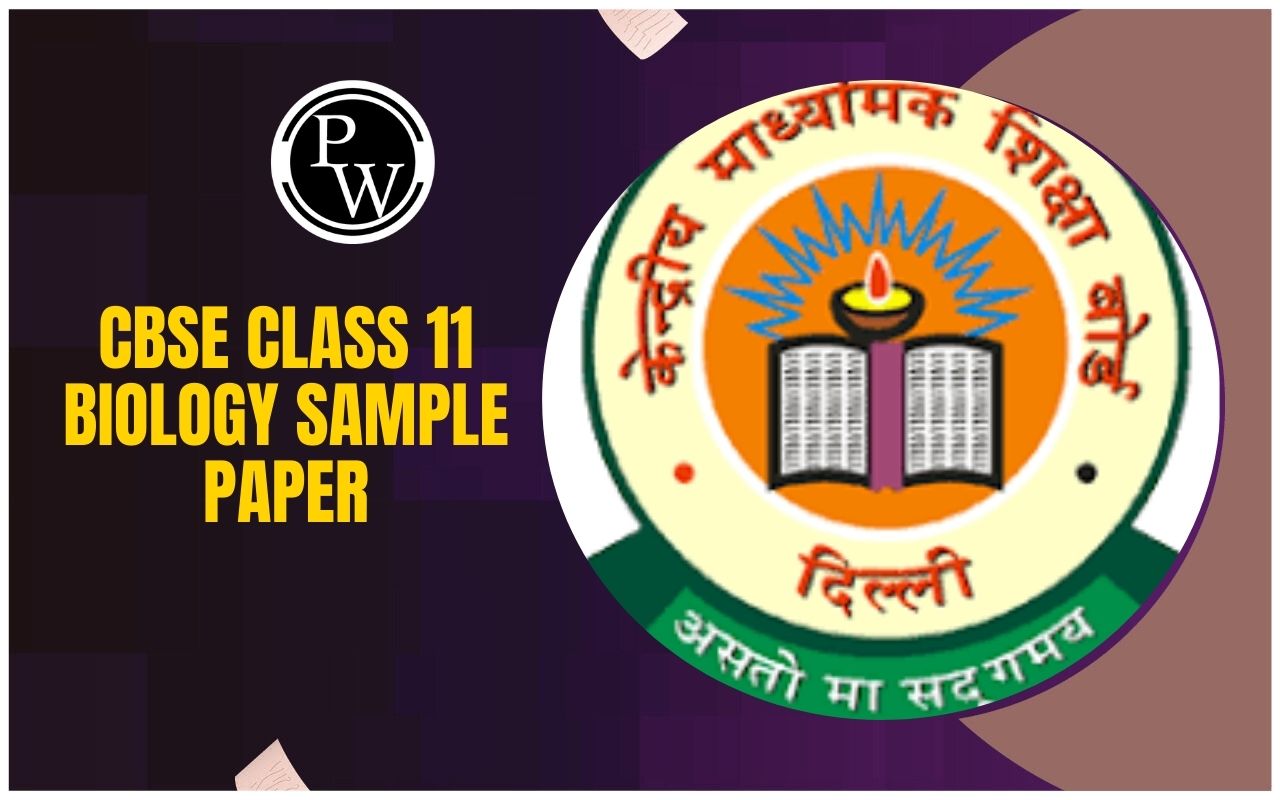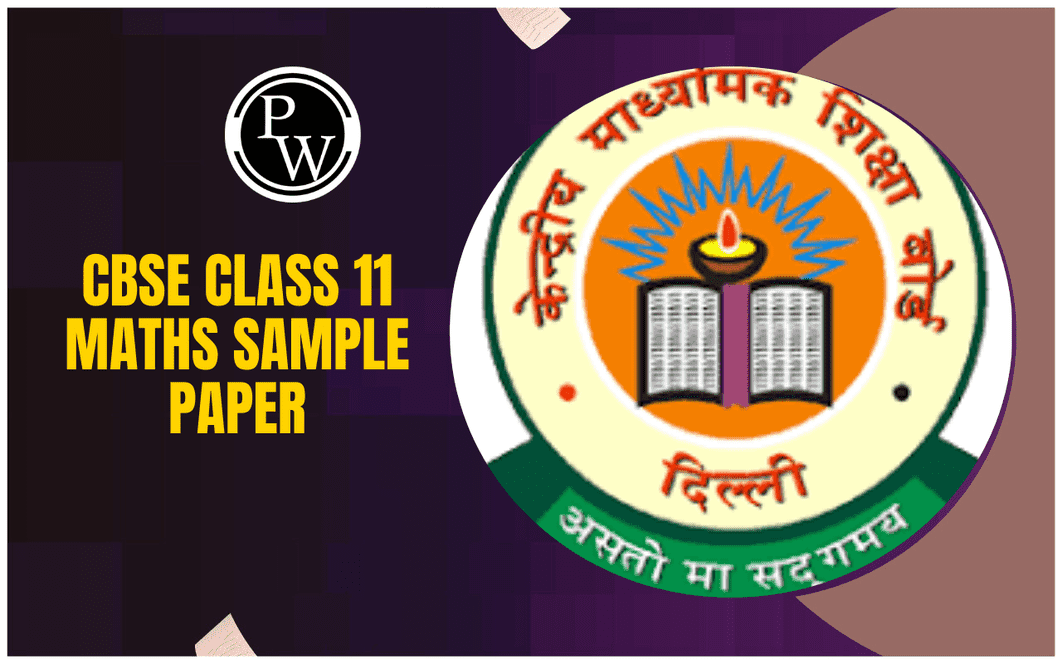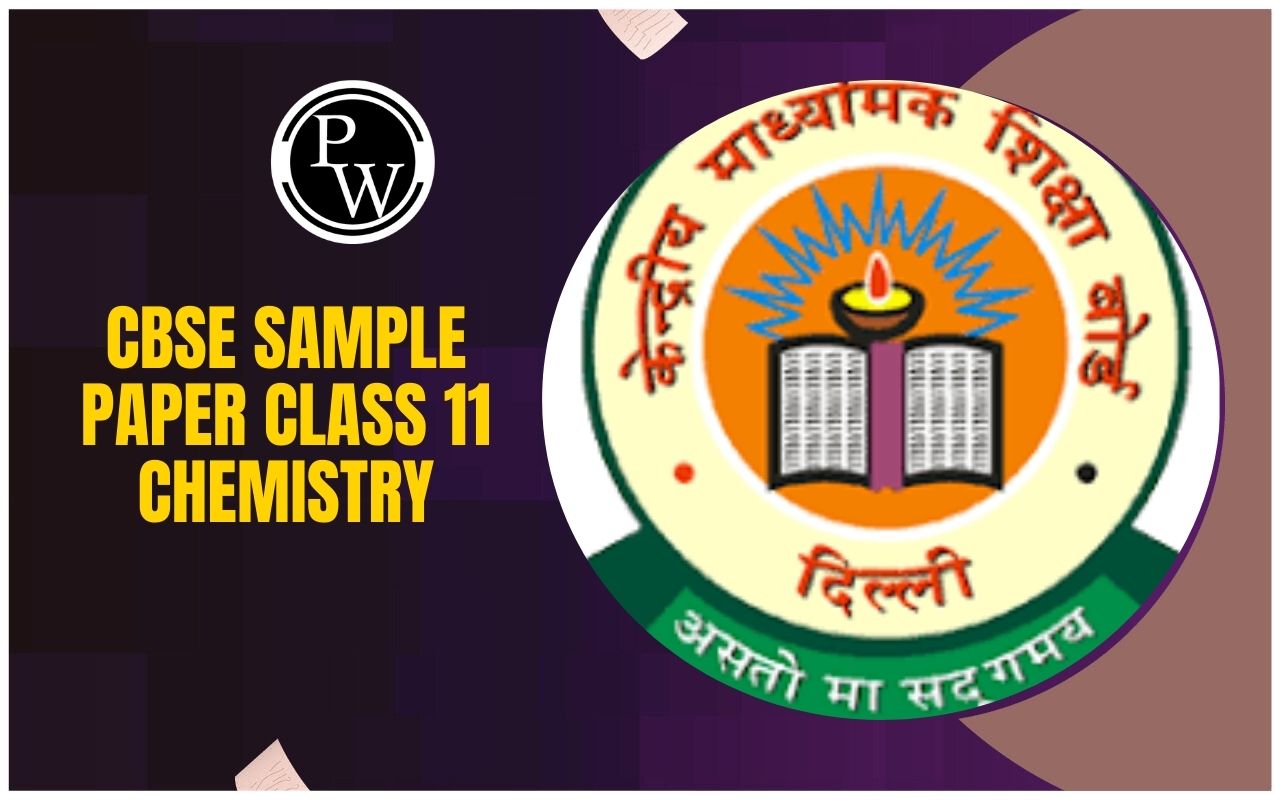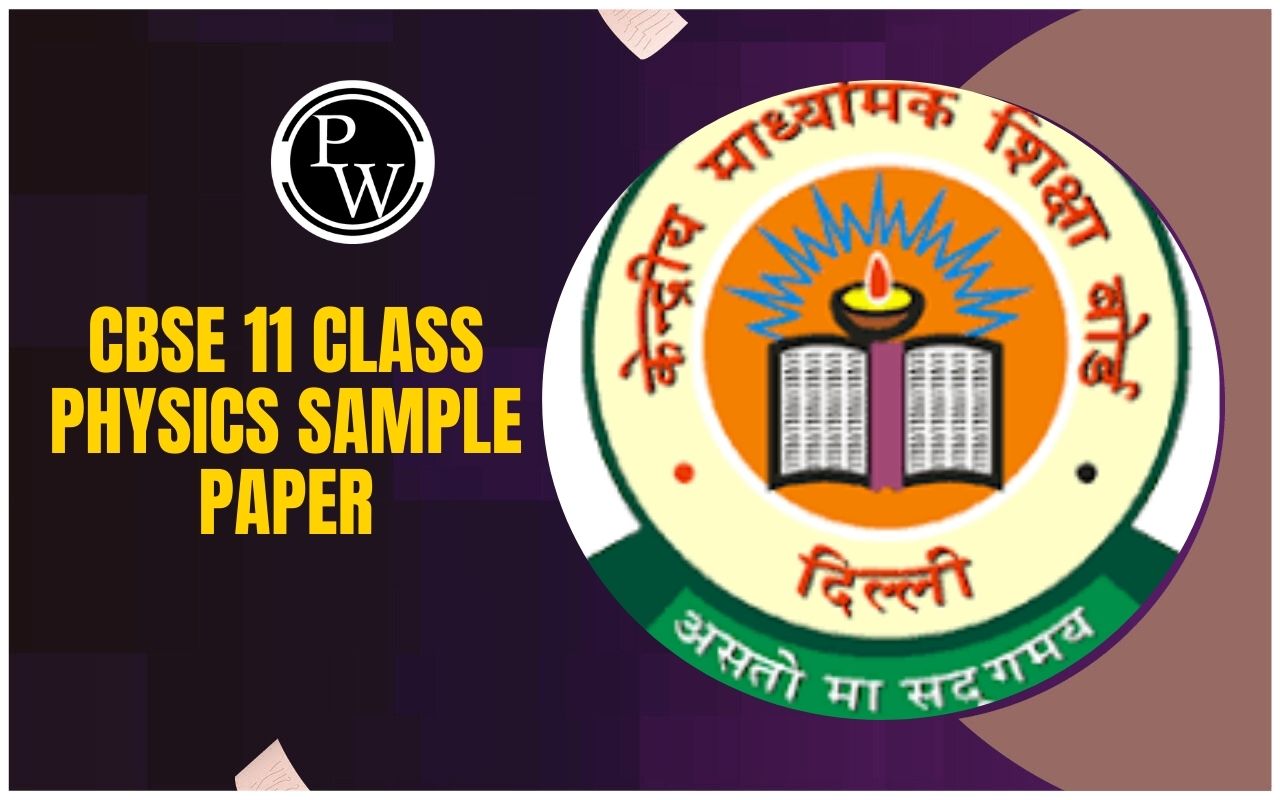
Important Questions for Class 11 Physics Chapter 1: Chapter 1 of Class 11 Physics, "Units and Measurement," focuses on the fundamental concepts of physical quantities and their units. Key topics include the importance of measurement in physics, types of physical quantities (scalar and vector), and the system of units.
The chapter also covers the International System of Units (SI units), unit conversion, and dimensional analysis. Important questions often involve calculating physical quantities using SI units, converting units, understanding significant figures, and applying dimensional analysis to verify formulas or equations. Mastery of these concepts is essential for accurately solving problems in physics.Important Questions for Class 11 Physics Chapter 1 Overview
Chapter 1 of Class 11 Physics, "Units and Measurement," lays the foundation for understanding physical quantities, measurement techniques, and unit systems. It is crucial for grasping the basics of all physics concepts, as accurate measurement forms the basis for experimental data and theoretical analysis. Important questions from this chapter focus on SI units, conversion between different units, and dimensional analysis, which helps verify physical equations and solve problems. Mastering these topics is essential for developing problem-solving skills, ensuring precision in experiments, and providing a clear understanding of the measurement systems used in scientific work across various fields.Important Questions for Class 11 Physics Chapter 1 PDF
Units and Measurement is a fundamental chapter in Class 11 Physics. It introduces essential concepts like SI units, measurement accuracy, and significant figures, which form the basis for understanding more complex topics. Below, we have provided a PDF containing important questions from this chapter to help you strengthen your knowledge and prepare effectively for your exams. Download the PDF for a comprehensive review.Important Questions for Class 11 Physics Chapter 1 PDF
Important Questions for Class 11 Physics Chapter 1 Units and Measurement
Below is the Important Questions for Class 11 Physics Chapter 1 Units and Measurement -1. What is the difference between A∘A∘ and A.U.?
 2. Define S.I. Unit of Solid Angle.
2. Define S.I. Unit of Solid Angle.
Ans: The SI unit of solid angle is steradian. One steradian is defined as the angle made by a spherical plane of unit square meter area at the centre of a sphere with radius of unit length.
3. Name Physical Quantities Whose Units are Electron Volt and Pascal.
Ans: The physical quantities whose units are electron volt and pascal are energy and pressure respectively.
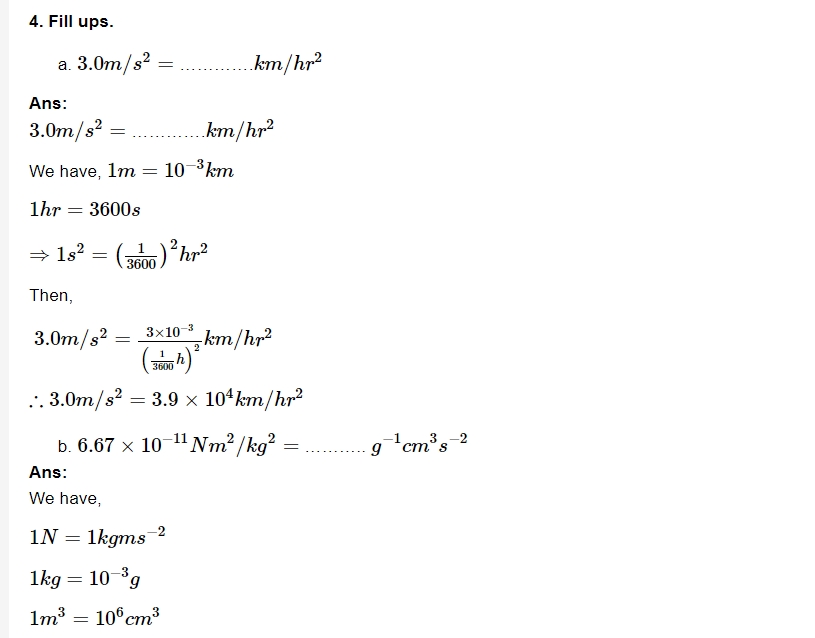

Very Short Questions and Answers (2 Marks Questions)
1. When a planet X is at a distance of 824.7 million kilometres from earth its angular diameter is measured to be 35.72 ′′ of arc. Calculate the diameter of planet X.
Ans:
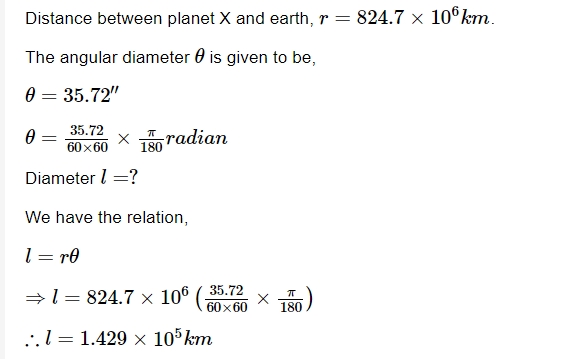
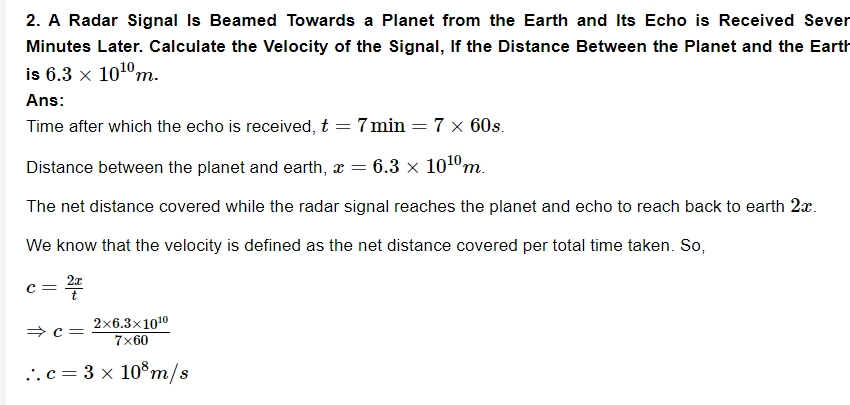
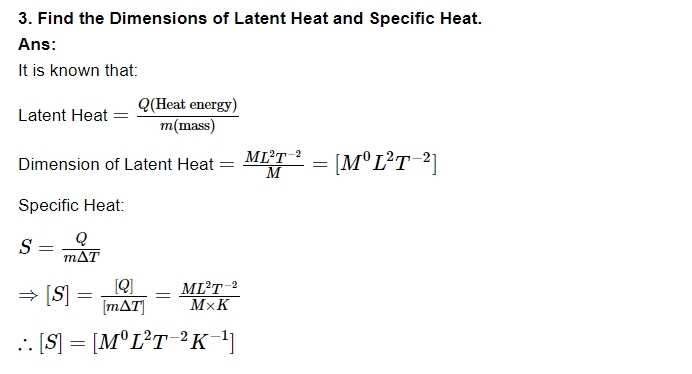
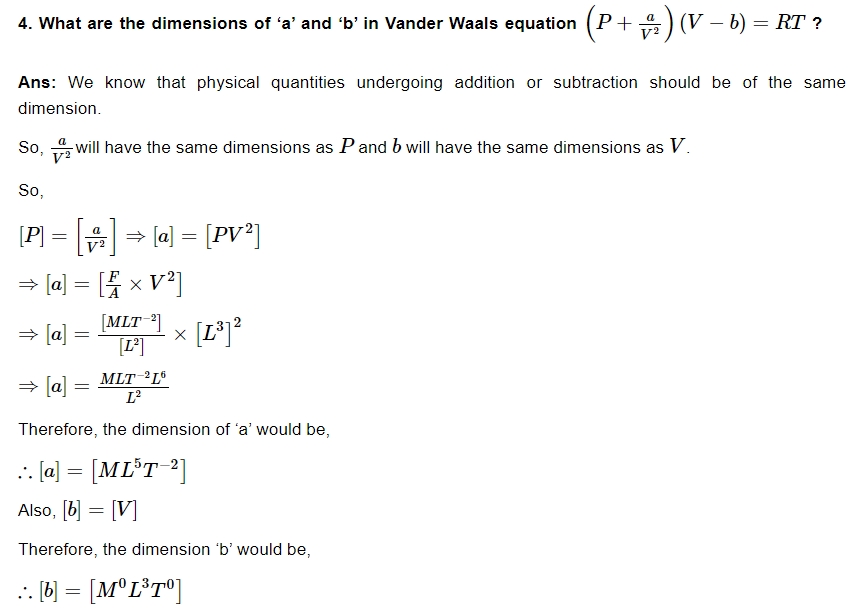
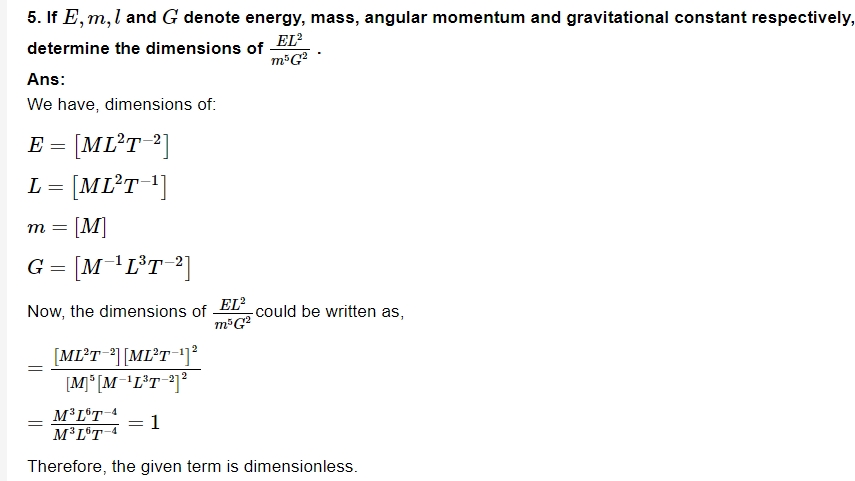
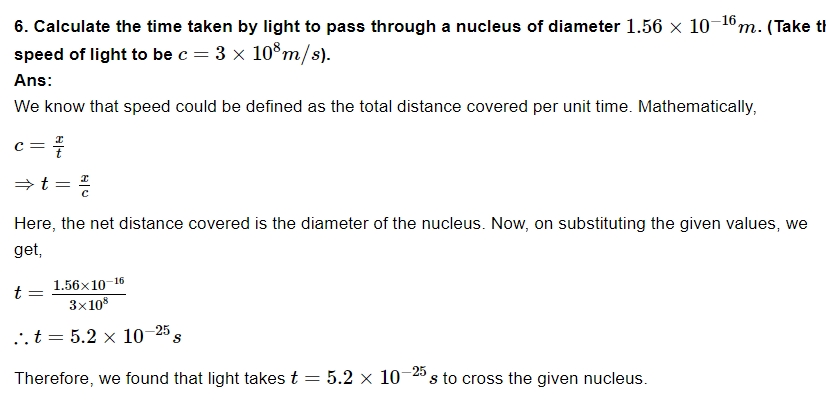
7. Explain This Statement Clearly:
“To Call a Dimensional Quantity 'large' or 'small' Is Meaningless Without Specifying a Standard for Comparison”. in View of This, Reframe the Following Statements Wherever Necessary:
Ans: The given statement is true because a dimensionless quantity may be large or small, but there should be some standard reference to compare that. For example, the coefficient of friction is dimensionless but we could say that the coefficient of sliding friction is greater than the coefficient of rolling friction, but less than static friction.
A. Atoms are Very Small Objects.
Ans: An atom is very small compared to a soccer ball.
B. A Jet Plane Moves With Great Speed.
Ans: A jet plane moves with a speed greater than that of a bicycle.
C. The Mass of Jupiter Is Very Large.
Ans: Mass of Jupiter is very large compared to the mass of a cricket ball.
D. The Air Inside This Room Contains a Large Number of Molecules.
Ans: The air inside this room contains a large number of molecules as compared to that contained by a geometry box.
E. A Proton Is Much More Massive Than an Electron.
Ans: A proton is more massive than an electron.
F. The Speed of Sound Is Much Smaller Than the Speed of Light.
Ans: Speed of sound is less than the speed of light.
8. Explain This Common Observation Clearly: If You Look Out of the Window of a Fast-Moving Train, the Nearby Trees, Houses Etc. Seem to Move Rapidly in a Direction Opposite to the Train's Motion, but the Distant Objects (hill Tops, the Moon, the Stars Etc.) Seem to Be Stationary. (in Fact, Since You Are Aware That You Are Moving, These Distant Objects Seem to Move With You).
Ans: Line-of-sight is defined as an imaginary line joining an object and an observer's eye. When we observe nearby stationary objects such as trees, houses, etc. while sitting in a moving train, they appear to move rapidly in the opposite direction because the line-of-sight changes very rapidly.
On the other hand, distant objects such as trees, stars, etc. appear stationary because of the large distance. As a result, the line-of-sight does not change its direction rapidly.
Short Questions and Answers (3 Marks Questions)
1. Just as precise measurements are necessary in Science; it is equally important to be able to make rough estimates of quantities using rudimentary ideas and common observations. Think of ways by which you can estimate the following (where an estimate is difficult to obtain, try to get an upper bound on the quantity):
-
The Total Mass of Rain-Bearing Clouds Over India During the Monsoon.
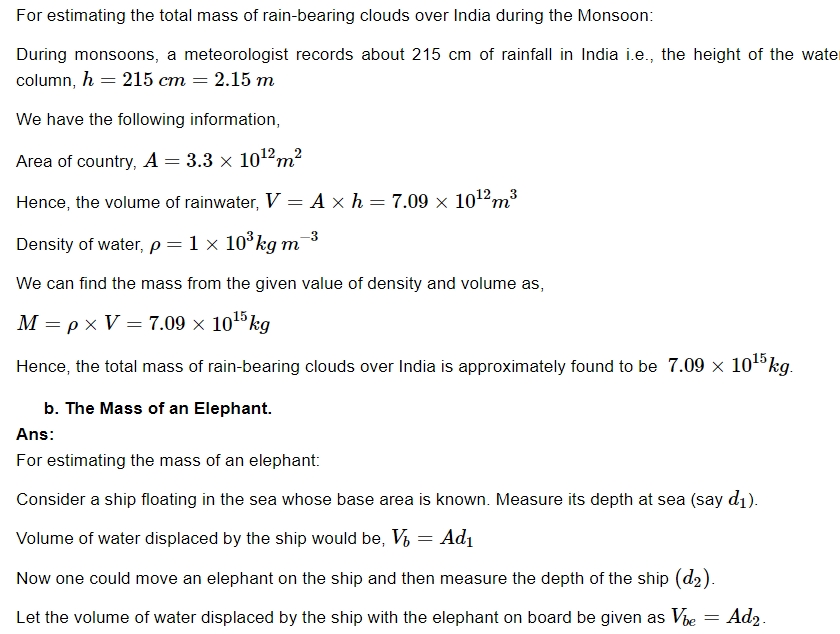
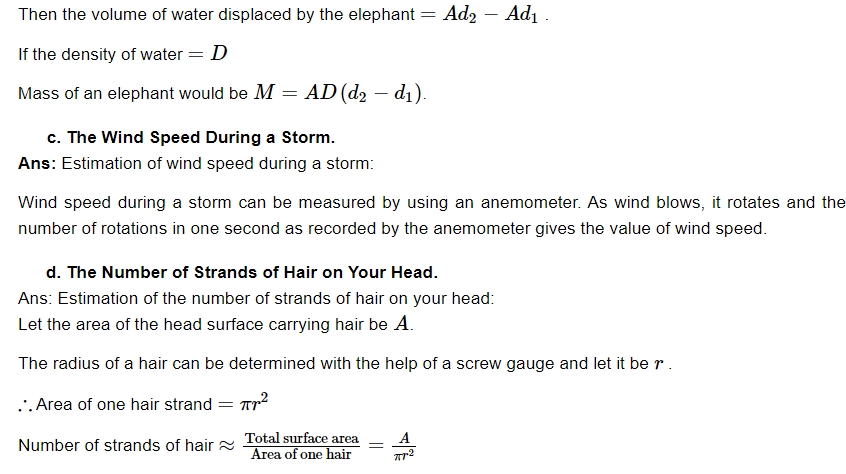
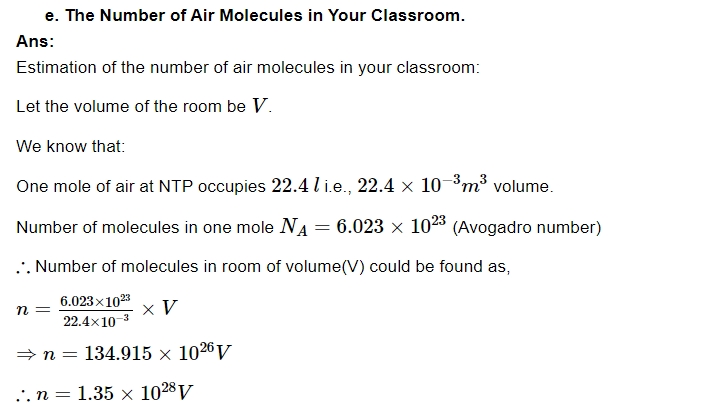
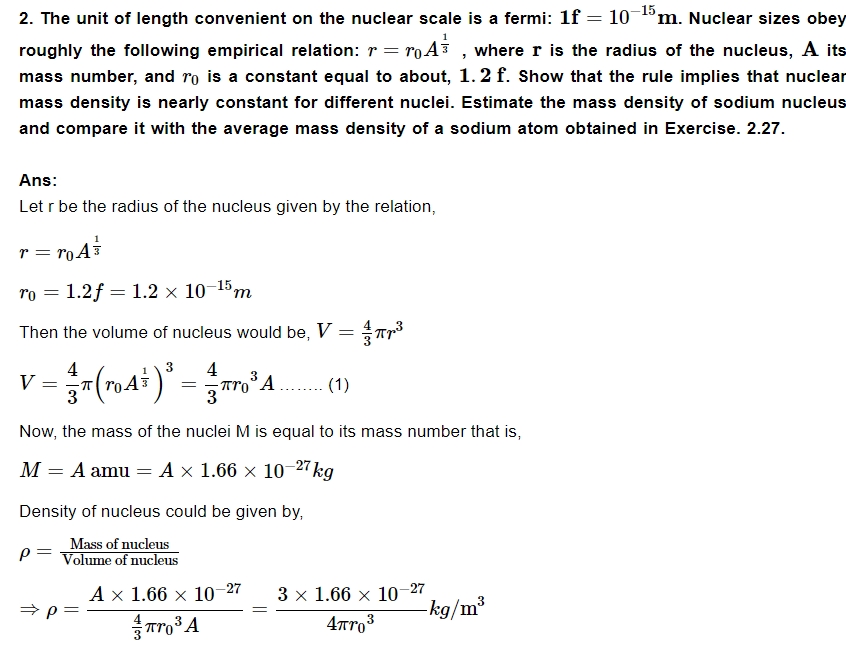

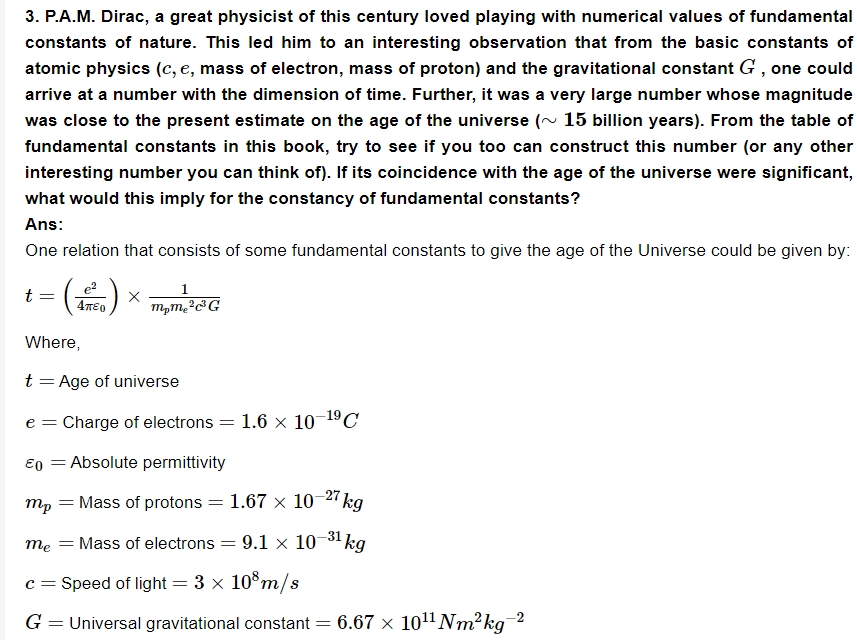
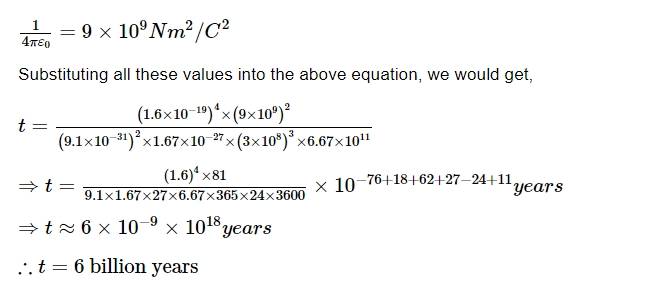
Very Long Questions and Answers (5 Marks Questions)
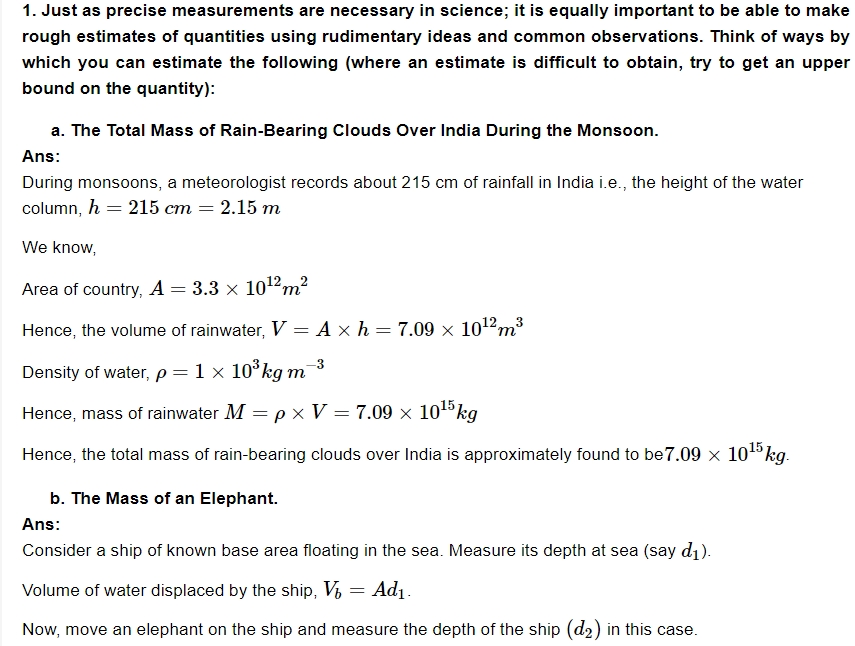
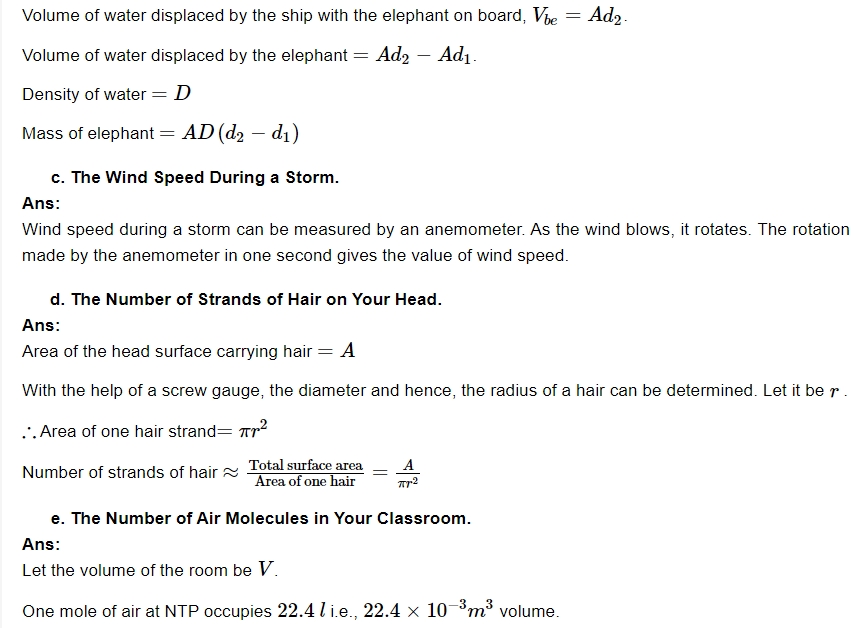

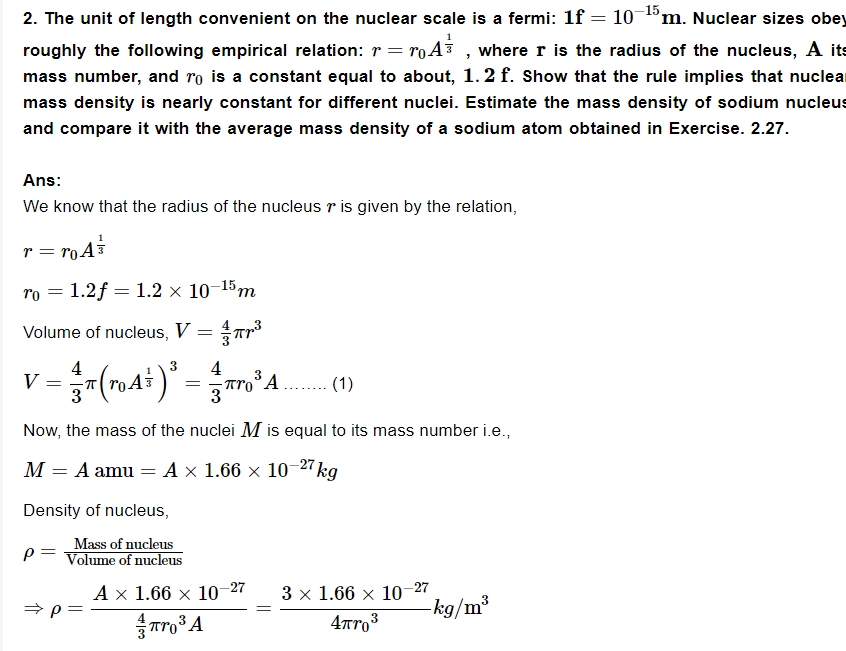

Benefits of Solving Important Questions for Class 11 Physics Chapter 1
Here are the benefits of solving important questions for Class 11 Physics Chapter 1, Units and Measurement, in pointers:Strengthens Core Concepts : Helps in understanding fundamental concepts like SI units, dimensional analysis, and significant figures.
Improves Problem-Solving Skills : Enhances your ability to solve numerical problems related to measurement accuracy and conversions.
Boosts Exam Preparation : Prepares you for various exam formats by practicing commonly asked questions.
Increases Speed and Accuracy : Regular practice improves calculation speed and accuracy under time pressure.
Clarifies Doubts : Helps in identifying areas where you may have confusion or need further clarity.
Enhances Concept Application : Encourages you to apply theoretical knowledge to practical situations.
Important Questions for Class 11 Physics Chapter 1 FAQs
Why is unit and measurement important?
What is the smallest unit of time?
What is the most used measurement?
Why do measurements need units?

